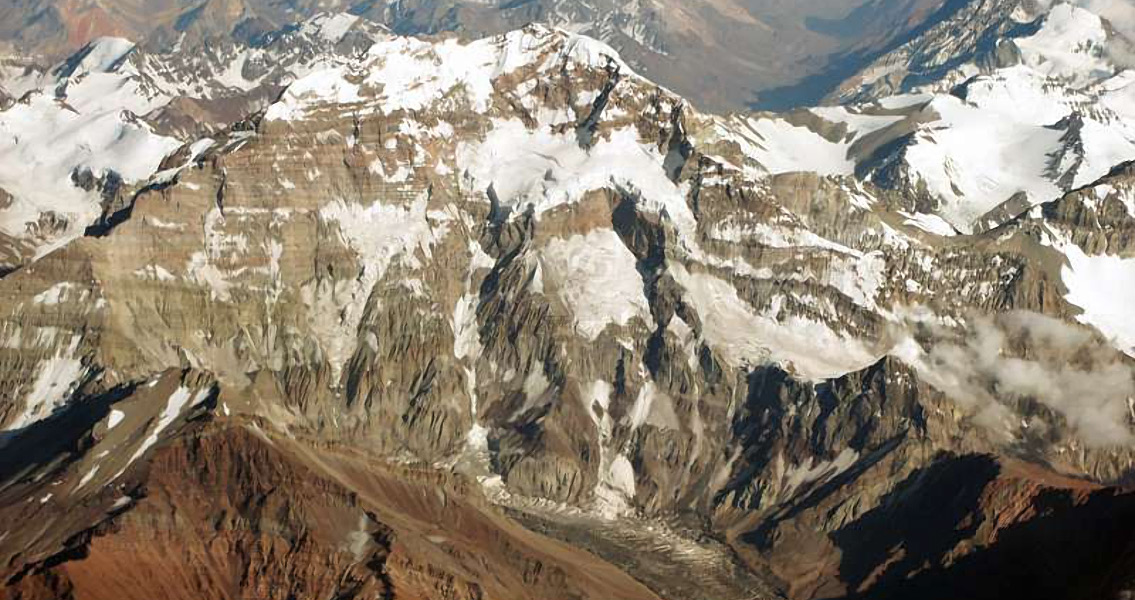<![CDATA[Five hundred years ago, on a high peak of Argentina's Aconcagua mountain, a boy was sacrificed in the Inca ritual called capacocha. The boy died 5300 meters above sea level in one of the driest climates in the world. His body naturally mummified in the cold, dry environment only to be discovered by hikers in 1985. In 2015, his entire mitochondrial genome (37 genes passed down specifically by the mother) has been sequenced and analyzed by a team of geneticists from the University of Santiago de Compostela in Spain. As a result of the research, it's been determined that the boy belonged to a previously unknown subgroup of the C1b genetic lineage. C1b is a diverse lineage which dates back more than 18,000 years to the earliest Paleo-Indians. The subgroup is believed to have originated approximately 14,000 years ago in the Andes. A search of genetic databases found only four known individual matches in the boy's group. Three of the samples came from people living today in Bolivia and Peru. The fourth sample is from the ancient Wari Empire, which predated the Inca in Peru and whose population practically disappeared after the Spanish conquest of the New World. Inca adolescents and children sacrificed in the capacocha ritual were either left to die from exposure or killed outright. Aconcagua boy appeared to have been killed by a blow to the head. Several other capacocha mummies have been found on the mountains throughout Inca territory, the Aconcagua boy however, is by far one of the best preserved according to scientists. Researchers were surprised with the results showing the boy had such a rare genome, although C1b in and of itself is a very diverse lineage - as its members spread throughout South and Central America, smaller groups became more isolated and started to develop their own particular variations. As a result, C1b contains many distinct subgroups. The Aconcagua boy’s genome doesn't fit into any of them. In actuality he belongs to a population of South American natives who have never been identified. Researchers named this genetic group C1bi, which they believe rose in the Andes about 14,000 years ago. They're findings are detailed in Scientific Reports. Obviously, C1bi is very rare today, but given the fact the genetic group has appeared in two separate ancient DNA samples, some experts believe it may have been more common in the past. It's not unusual to discover that a pre-Columbian genetic group has entirely disappeared. When the Spanish arrived, up to 90% of South American natives quickly died after the conquest, typically from epidemic disease. When such a large demographic collapses, followed by hundreds of years of mixing with people of African, Amerindian and European ancestry, it becomes easy to imagine that a multitude of genetic diversity has been lost.]]>
Child Mummy Is One of Few in the C1Bi Group
